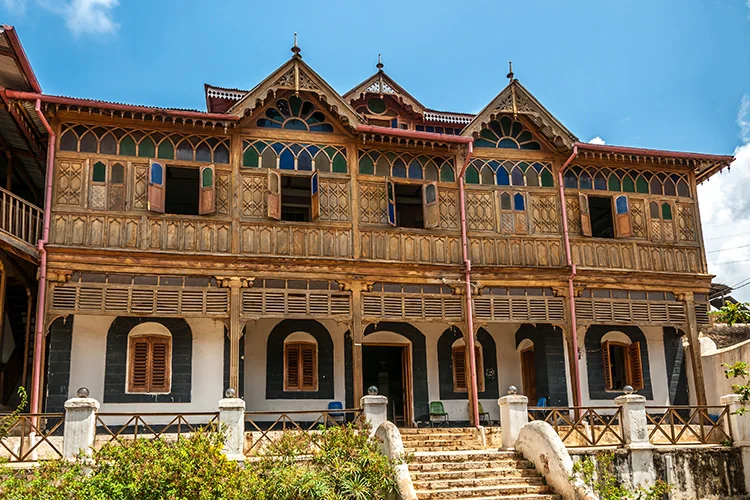
In recent years, few cities in Ethiopia have undergone as dramatic a transformation as Harar. Locals and visitors alike speak in awe: “Harar has changed. It is brighter now, more beautiful. It feels like a city where dreams can come true.” These are not mere platitudes. They reflect a reality shaped by the tireless efforts and sacrifices of those committed to Harar’s revival.
Today, Harar stands as a beacon of Ethiopia’s rich heritage and enduring spirit. It is a UNESCO World Heritage Site, celebrated for its ancient walled city of Jugol. It has been honored with the UNESCO Peace and Tolerance Award. Most recently, it joined the World Tourism Cities Federation, gaining recognition on the global stage.
Despite this, Harar’s cultural rebirth has not been fully embraced or echoed at the national level. Its beauty and transformation are often overlooked in mainstream media. The city’s story has not inspired national painters, poets, filmmakers, or musicians. Apart from a handful of Harari artists and social media voices, few have captured Harar’s spirit in art or song. This lack of cultural reflection not only weakens Harar’s image but also dims Ethiopia’s collective pride.
While international platforms applaud Harar’s progress, skepticism persists within the country. Many, including some Hararis, dismiss the development as temporary or politically motivated. Such attitudes, left unchallenged, may erode the achievements made and the potential ahead.
It is also important to acknowledge an often-unspoken reality: the benefits of Harar’s transformation extend far beyond the Harari people.
The Oromo community—the majority population in the surrounding areas— has gained more than 90% of the social and economic infrastructure developed in the region. For the Somali people, Harar serves as a second region, a vital economic corridor, and a bridge to future development. Yet, despite these clear advantages, it is unclear whether these communities view Harar’s progress as their own. Do they feel invested in its preservation? Will they contribute to its growth? Will they stand in solidarity when Harar faces challenges?
These are not rhetorical questions. They are critical reflections that must inform our policy decisions.
Beyond admiration: A call for strategic investment.
If Harar’s transformation is truly to be admired—and if Ethiopia is serious about building a sustainable tourism economy—then symbolic praise is not enough. Neither limited government budgets nor piecemeal public fundraising can sustain the momentum already created.
To elevate Harar as a competitive tourist destination and generator of foreign exchange, the city’s surrounding historical sites must be fully integrated through modern infrastructure: roads, transport networks, accommodations, and cultural centers. A comprehensive investment strategy is urgently needed.
Moreover, if the tourism revenue and cultural prestige Harar generates are to benefit the nation, the responsibility of maintaining and growing this transformation cannot fall solely on Hararis. National institutions, regional partners, and federal leadership must work hand-in-hand to protect this jewel of Ethiopian heritage.
Neglect—whether passive or deliberate—will carry a heavy cost. Without shared ownership and strategic support, the progress Harar has made could be reversed, and a vital opportunity lost.
Conclusion: A shared future
Harar’s story is not just a Harari story. It is Ethiopia’s story—one of resilience, cultural depth, and transformation. Let us not stand by while this story fades from national consciousness. Let us act, together, to ensure that Harar’s renaissance is preserved and promoted— not just for today, but for generations to come.
BY TESHOME BERHANU
THE ETHIOPIAN HERALD SATURDAY 26 APRIL 2025




